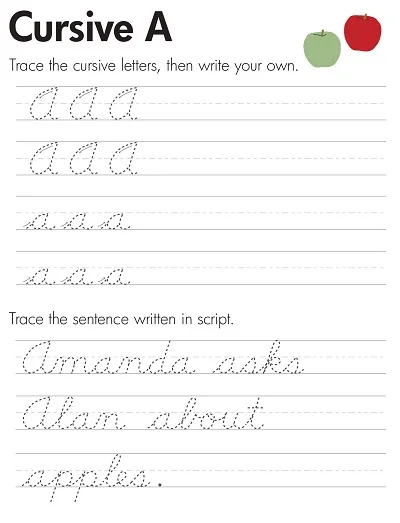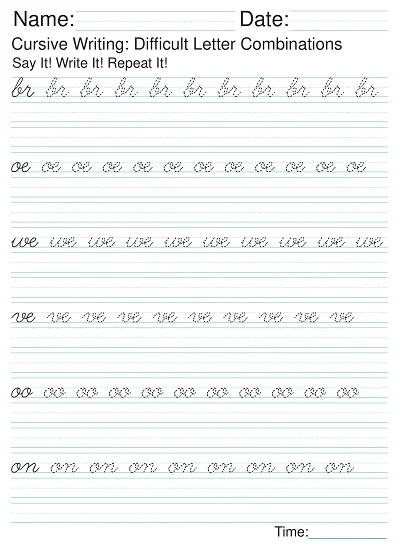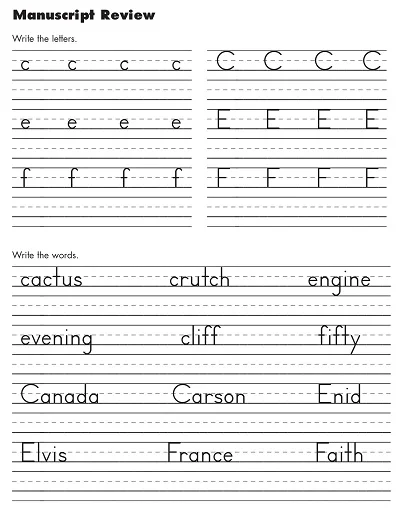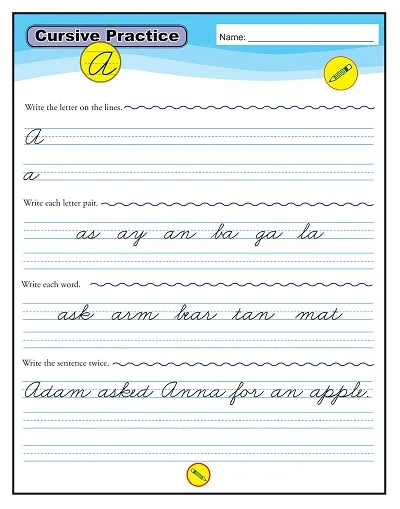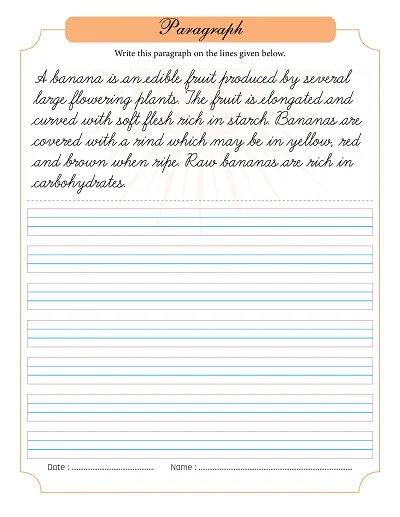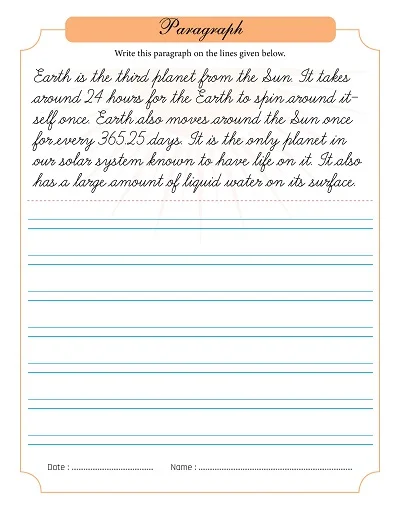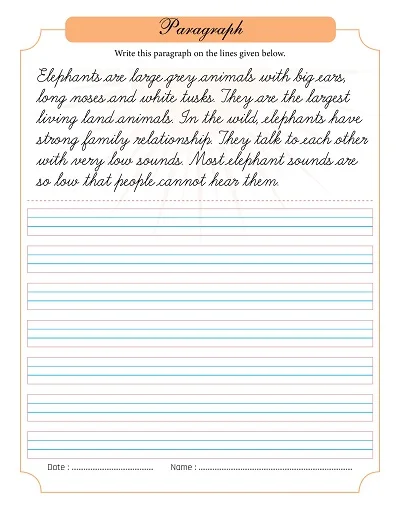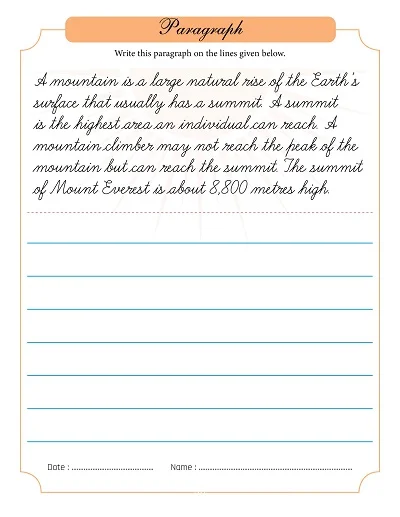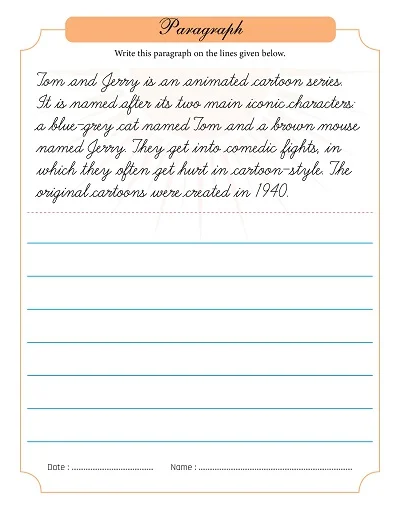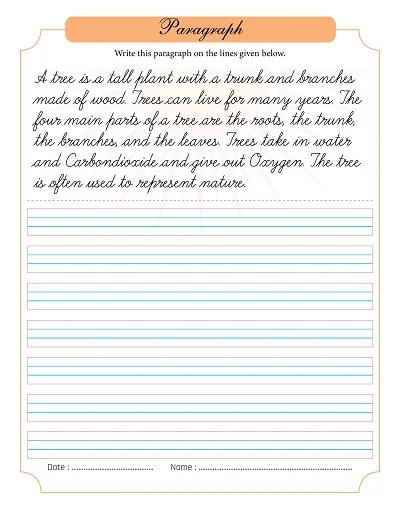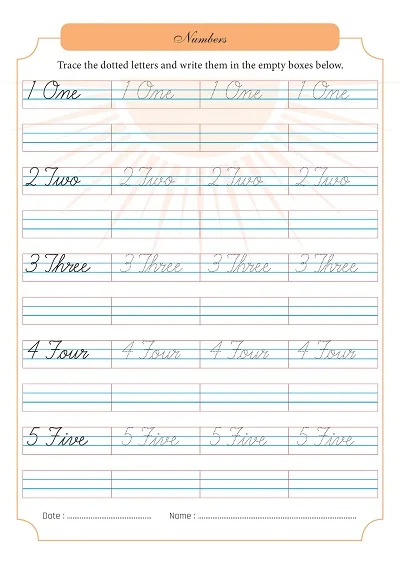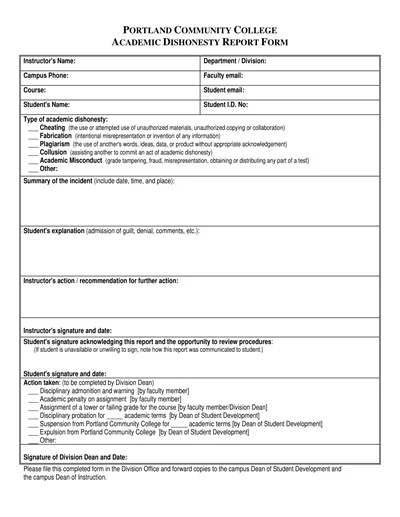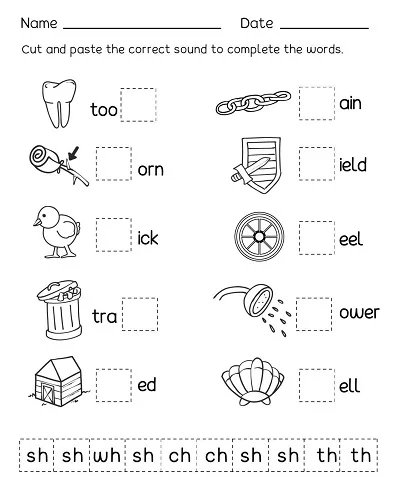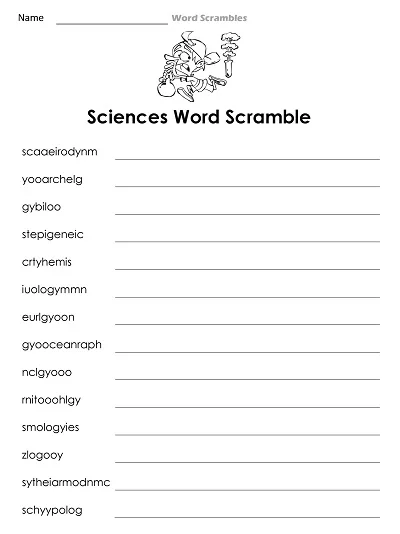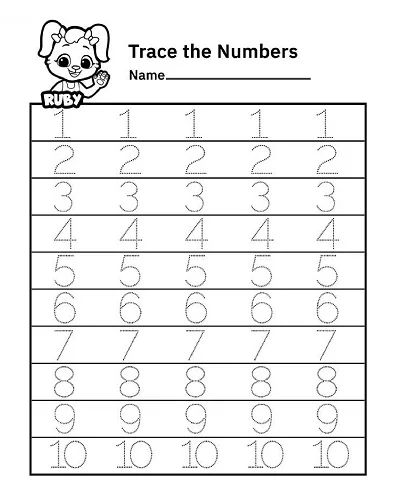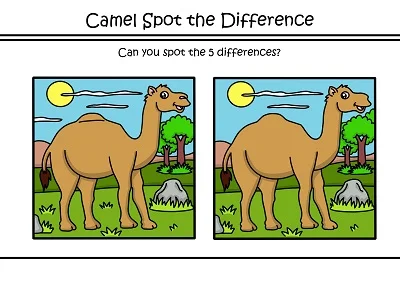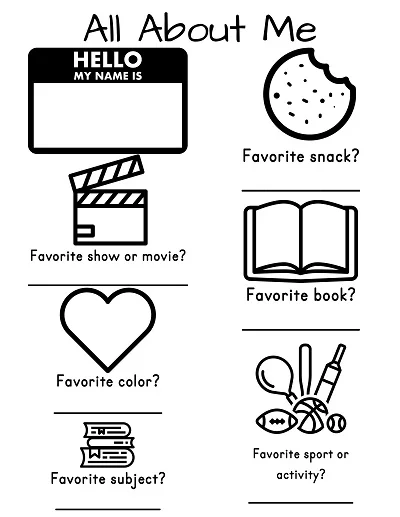A Cursive Alphabet Worksheet is a good teaching tool that helps individuals learn to write in cursive. These worksheets contain guidelines and practice lines, and each letter of the alphabet, from the capital alpha to that of ‘z’ in cursive writing styles, is shown at the back.
These assist students in writing, where they link them by moving across them to form words and sentences. We desire to integrate graphic input and output to advance the quality of writing, fine motor coordination, and the transition from an idea to writing on paper.
Download Free Cursive Alphabet Worksheets
Benefits of Teaching Cursive Writing
Cursive writing is crucially important for teaching in educational institutions. It is not only an alternative writing style but also has numerous advantages.
Here are some key advantages:
- Enhances Fine Motor Skills: With the formation of cursive writing, the smooth connected joints and the flow facilitate the enhancement of hand-eye coordination and fine motor control.
- Improves Writing Speed: Cursive also leads to quick writing since the letters are joined, eliminating time that would otherwise be spent lifting the pen from the paper to join the letters.
- Aids in Learning Disabilities: Students with dyslexia also benefit from cursive writing strokes, making reading and writing easier, particularly identifying two confusing letters such as ‘b’ and ‘d’.
- Promotes Deep Concentration: Cursive writing entails neatness, which creates a positive attitude towards work and increases users’ concentration levels.
- Facilitates Note-taking: With the increased writing speed, cursive writing is useful for upper-grade students who desire to write more rapid notes during classes.
- Improves Memory Retention: Cursive writing is more complex than typing, making the brain more inclined to engage when practicing cursive writing, thus improving memory when writing information.
Types of Cursive Alphabet Worksheets
In addition to cursive alphabet worksheets with magnified shapes for tracing and connecting the basic letters, other cursive alphabet worksheets can still be obtained or developed to enhance handwriting.
These include:
Trace and Practice Worksheets
These worksheets include basic ones where the letters are dotted, and the students are expected to trace them to understand the pattern needed for cursive writing. They are sometimes supplied in holders with arrows or guides to show the stroke progression and orientation.
Joining Letters Worksheets
The second level combines these letters when students are free with individual letters. These worksheets involve joining letters on the paper in one movement without lifting the pencil’s tip of the paper, which is paramount in cursive writing.
Capital and Lowercase Letters Worksheets
This means that students must practice both capital letters and small letters in cursive writing. These worksheets contain practice pages to teach the distinct formations and when to use uppercase letters when writing in cursive.
Sentences and Paragraphs Practice Worksheets
To build on this skill further, students can use these worksheets to practice writing complete sentences or even paragraphs in cursive. This benefits their writing process by providing an environment that offers them context for better writing, spelling, and grammar in a more linked manner.
Cursive Writing Speed Improvement Worksheets
These worksheets are especially useful for learners who are already typing fluently but require additional practice to increase their typing speed while enhancing the quality of their handwritten letters. The drills involve reading and saying arbitrary words and small and whole text passages, paying particular attention to keeping the strokes even and smooth.
How to Use Cursive Alphabet Worksheets
To make the most of cursive alphabet worksheets, follow these steps:
- Start with Lowercase Letters: Start with lowercase letters because they are easier to write than large letters, which are quite small. Some examples of letters that are relatively simple to make are small letters like c, a, d, and g, given that their shapes are almost similar.
- Progress to Uppercase Letters: After learners are confident enough to type lowercase letters, the next step is to do uppercase letters. Appreciating one type of stroke about another and how they join with lowercase letters is also foreseen.
- Practice Daily: ‘Even more important than pressure and speed is consistency when learning the art of cursive writing. ’ Spend more time doing exercises in the worksheets to make a long-term memory of the body when calculating.
- Use Guided Arrows: Search for worksheets with arrows depicting how one is expected to write to achieve the correct strokes. These arrows can come in handy for deciphering how each of the letters unfolds and in the order they do.
- Trace Before Writing: Tracing comes first if you have been given the option to trace the letters. Tracing also assists in having a physiognomic touch for the letter flow before writing it randomly.
- Focus on Connecting Letters: Link them seamlessly as soon as those individual letters are learned/formed. Omitting this step can interfere greatly with the writing process and lead to an inability to write fluently in cursive.
- Review and Correct: In the mechanical details of the writing process, proofreading is always useful to identify mistakes. Knowing whether a mistake was made at the input or output phase is critical for progress.
- Seek Feedback: It is still recommended that you ask your teacher or peers familiar with writing for feedback. Receiving suggestions from others is a way of learning and getting more ideas for improving the work.
How to Create a Cursive Alphabet Worksheet Template
Designing the cursive alphabet worksheet template: Since the worksheet is easy to make, it is possible to do it in a fun and exciting manner. This handout will give step-by-step instructions on creating a perfect model that can be used for teaching or practice for those students who have not caught up with writing in cursive writing style.
Step 1: Choose Your Software
Choose a CE software application that you feel familiar with, such as Microsoft Word, Google Docs, or Adobe Illustrator. All of these have general utensils for making worksheets.
Step 2: Set Up Your Page
It is necessary to open a new document and set the parameters of further work in the ‘Page Layout’ section. The landscape format is the most preferred on handwriting worksheets as it allows more space to be allocated to each letter. Suggested margins may be set at least 0—about 5 inches around the border to be safe from unnecessary content overlapping within frames.
Step 3: Select a Cursive Font
Select the font with which you want to introduce students to the cursive writing you intend to teach them. Still, the free fonts can be found online for anybody interested. Seeing that it is simply a text, ensure that no complicated elements may make it hard to read. To do that, install the font in your document and set its attributes on your document.
Step 4: Outline the Alphabet
Now, practice writing the alphabet in cursive, including uppercase and lowercase scripts. Ensure there is enough room between each letter on the opposite wall so that one can easily comprehend it.
Step 5: Add Practice Lines
Below each letter, it is advised to incorporate lines or include a shaded box where the students can practice writing the letter. These could be straight lines, or you might shade in a triangular area with three lines to show each letter’s maximum, middle, and minimum.
Step 6: Insert Guidelines
Provide some suggestions or reminders on how to shape each of them, preferably concisely. This may even include how a person starts drawing something or the direction to follow. These can be put at the top of the worksheet or side by side with the letters, whichever is preferred.
Step 7: Save and Export
After that, save your document as it now contains the framework you want to use. It may also be worthwhile to save another version in PDF so that the worksheet can be printed out or copied with the help of Adobe, and the formatting will remain the same.
By following the instructions above, you develop a simple worksheet and a rich learning resource. Please make sure that the learners understand that practice and patience are important when using these worksheets to learn cursive writing since it has to be learned gradually.

